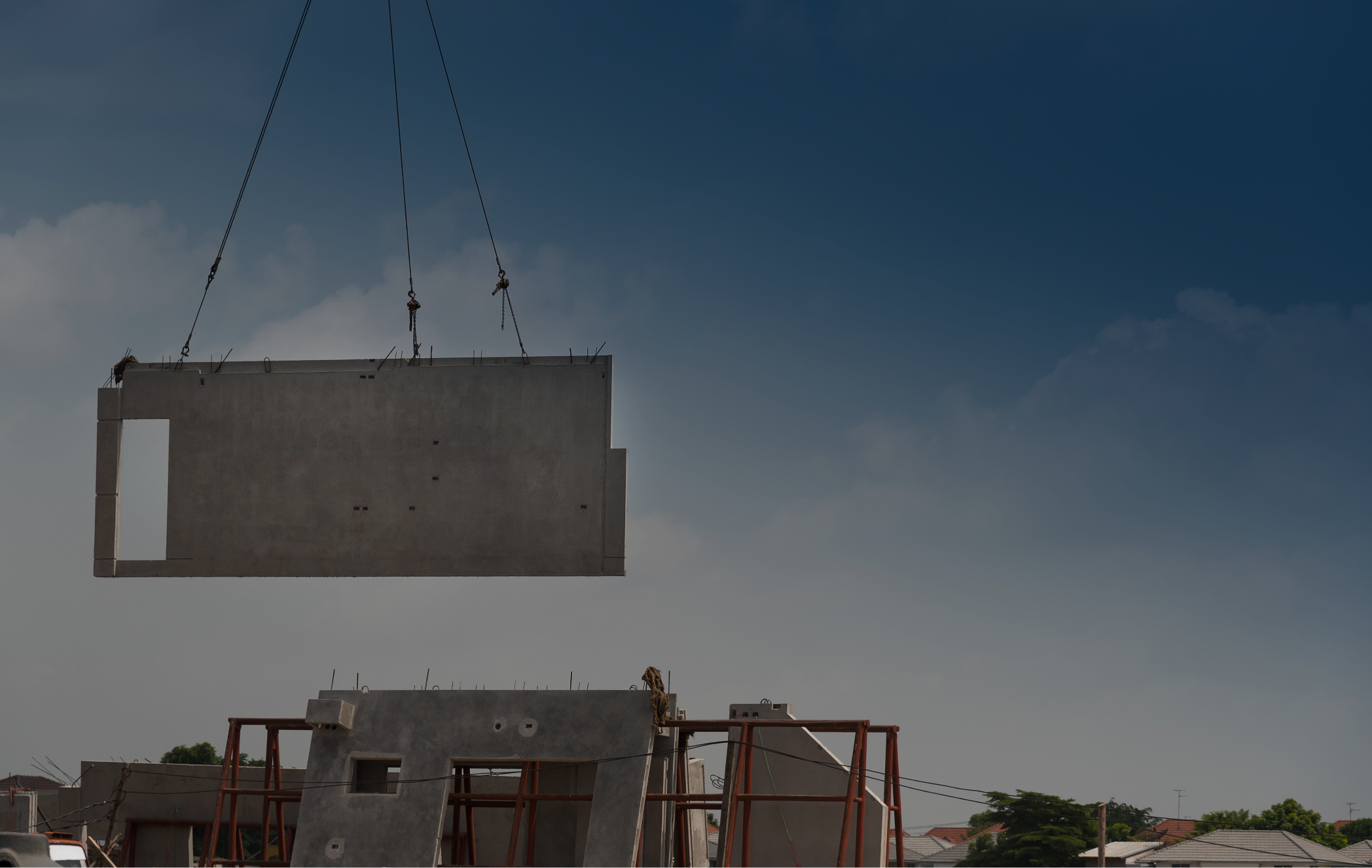Prefabricated construction is the environmentally savvy disruptor tipped to break the budget strangling mould of the Australian housing market. Common in nations like Sweden, where prefabricated modular design dominates around 70 percent of the residential housing market, the benefits of prefabrication in construction satisfy a growing demand for safe and affordable housing on a limited deadline.
Re-imagining the Australian dream
Sydney and Melbourne have been consistent Top 10 entries in the Demographia International Housing Report Survey, attracting a severely unaffordable rating since its inception in 2005, along with the Gold Coast, Perth, Hobart, Adelaide and Brisbane in more recent years. You don’t need to go far to substantiate these figures, as the emergence of Generation Rent puts the recent housing affordability crisis into sharper focus. Prefabricated homes may be the solution Australia needs to convincingly address the rising cost of housing, offering a jaded generation a fresh in-road to realising the Australian dream as their parents and grandparents enjoyed it.
Prefabrication merges construction with manufacturing, creating a solution that unites the benefits of reduced labour costs with quality output, as most prefabricated structures are produced off-site in a highly supervised and controlled environment. By minimising the cost of labour, materials and site hours, the flow-on effect of prefabrication may lead to lower mortgages, more home-owners and comparatively affordable rents.
Let’s take a closer look at the growing prevalence of prefabrication construction in Australia.
Why modular building in Australia is gaining traction
Modular construction is on the rise simply because Australian builders, suppliers and tradespeople are recognising its value as an effective construction model, decreasing overall construction costs, saving time and innovating where possible. Prefabrication has the capacity to change the way construction company owners, apartment specialists and home builders manage projects, with overall construction time taking 12 weeks instead of 12 months. Modular home design increases your capacity to take on multiple projects without sacrificing quality or injuring your reputation.
Although it may seem like a small change, building stalwarts like steel and concrete are being replaced by lighter prefabricated construction materials, and stages like steel framing and kitchen fit-outs are now being explored in a modular capacity. Lighter, stronger and built to last, PrefabAUS’s prediction may yet come true - 10 percent of Australian homes will be prefabricated by 2030. But construction workers aren’t factory labourers, so where will this specialised and experienced workforce materialise?
No one was quite ready for the decline and eventual irrelevance of the Australian automotive industry. The withdrawal of Holden, Ford and Toyota from local shores impacted the lives of up to 40,000 workers and their families, leaving loyal factory employees with a wealth of specialised knowledge and no prospects. While some may have moved on since the end of 2017, Australia’s consistently growing modular construction market may represent an economy boosting opportunity for reeducation and a place in a new manufacturing industry.
What are the advantages and disadvantages of prefabrication?
Despite initial perceptions, prefabrication is not low-end, low quality or restrictive. As more companies, businesses and institutions like Melbourne University invest in modular construction, builders will come to embrace modular design as the construction method of the future.
Below you can click to learn more about the advantages and disadvantages of prefabrication.
1. Eco Friendly
Careful planning minimises the potential for wasted materials, ensuring everything you purchase has a role to play. Additionally, prefabricated production is highly energy efficient, as the controlled environment promotes improved filtration and wall insulation.
2. Quality-Checked
Controlled processes and repeated quality checks ensure specific standards are upheld to the last detail. Each structure will be built to the highest standard of craftsmanship without wind, rain or other inclement weather delaying or otherwise negatively impacting the project.
3. Safe
Factory environments are often safer than a construction site - stringent processes and procedures are not affected by weather, ground conditions and crew politics.
4. Affordable
Prefabricated buildings can deliver significant financial savings to the builder and the owner. With a wide range of designs and inclusions, as well as number of contributing factors, the final cost of the project may be lower than you expect.
1. Misconceptions
Builders will need to communicate the benefits of prefabrication, disproving the common misconception of low quality structures.
2. Limited Flexibility
It is very difficult and expensive to change a component once it has been completed.
3. Size Limitations
Limitations may be imposed on the size of a prefabricated building because of requirements for permissible road widths. However, these limitations may be managed by converting the building into manageable pieces that can then be joined together onsite.
Modular design may not be the silver bullet the Australian housing market needs to offer long-term relief to every would-be homeowner, it is however a first step toward a more equitable residential solution. Imagine the impact of quality structures that can be dismantled, relocated and easily refreshed in a community desperate for accessible housing? Australian builders have the opportunity to change lives. 
To find out more about Latham products, please visit www.latham-australia.com. To talk to a Latham product expert, call 1300 LATHAM (528 426) or email sales@latham-australia.com.


